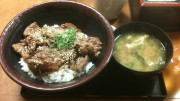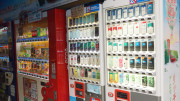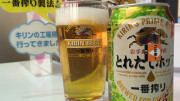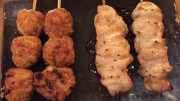With all the vending machines in Japan, you may think they are full of Coca Cola, but no you will rarely see Coke, instead you will see an array of fascinating and sometimes unusual beverages.
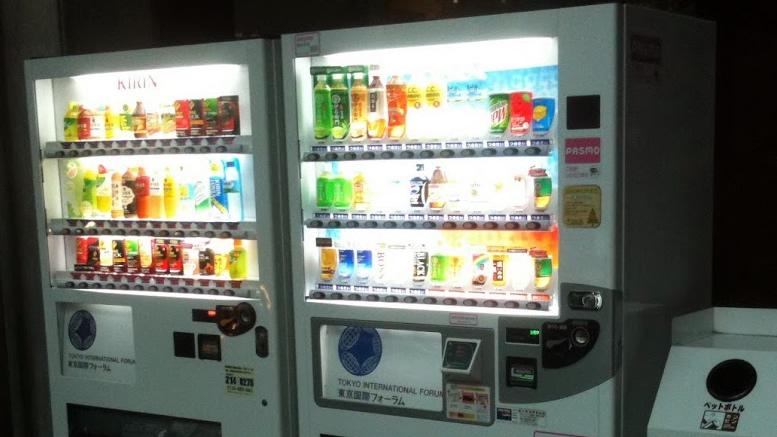
Overly sweet coffee drinks were introduced for the Tokyo Olympic Games in 1964 and have become immensely popular. In fact, Coke’s Georgia brand is Japan’s biggest selling drink behind Oi-Ocha Ito-en’s green tea and sports drink Aquarius, it is a cloudy and almost clear liquid which sometimes even has a seed or two in the bottle. Coca Cola have another popular soft drink called Qoo, it is an orange or grape flavoured non carbonated beverage which is also popular throughout Asia.
A big difference with Japanese drink vending machines in the rest of the world is they usually even serve hot drinks as well as cold from the same machine.
Some of the more popular and engaging drinks include the sports drink range. There are several which are immensely popular including the oddly named Pocari Sweat, it has a refreshing mild taste that is a mixture between grapefruit, bubble gum and some unknown flavour.
Calpis Water is a similar non carbonated drink, but they also produce a carbonated variety known as Calpis Soda. Calpis is actually a milk based drink, although you would never know it. The ingredients include water, dry milk powder and lactic acid. It comes in several flavours including various fruits, there is even an alcoholic version called Calpis Bartime. CC Lemon is similar to the lemon drinks you will find outside Japan. The packaging of CC is quite interesting, on the front there is a label saying how many lemons of vitamin C are in the can or bottle, a 500ml one says 70, but the ingredients on the back say it contains anything from 0 to 50% of vitamin C… only in Japan.
There are several wheat grass and wheat germ based drinks plus a large assortment of soy and tea based drinks.
Popular coffee drinks brands include Boss, Wonda and the strangely named Fire, some served cold while others are heated by the vending machine.
It is estimated that over 300 new soft drink brands are released onto the Japanese consumer every year, the ones that fail can survive less than a month but some of the biggest sellers can produce over half a billion cans or bottles a year.

